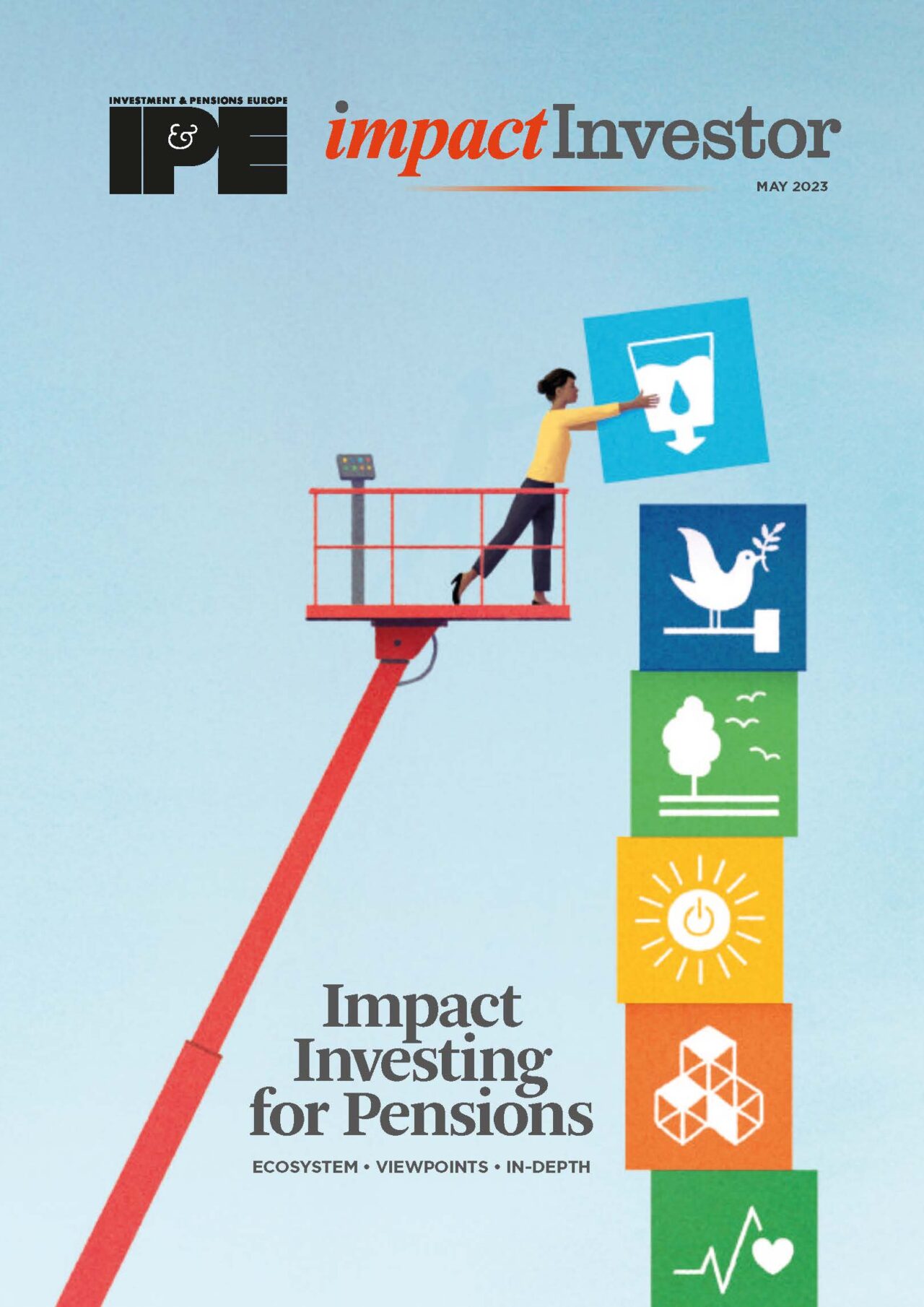Sustainable bonds – including green, social and sustainability-linked bonds – are seen by investors as a key tool for climate transition. But better standards are needed to create a level playing field.

being digested by the market or on the horizon, is welcomed | Fahroni on iStock
Ratings providers took a benign view when Greek power supplier PPC admitted in March it would not meet the targets set in its sustainability-linked bond (SLB) issued in 2021. The company is due to pay a coupon step-up of 50bps from 2023 given that it has not reduced Scope 1 (direct) carbon dioxide emissions by 20% by December 2022 as intended.
The disappointing report was easy to explain. The company had been due to phase out plants fuelled by lignite, a type of coal, when the Ukraine war broke out. Resulting security of gas supply concerns prompted a short-term increase in lignite-fired electricity production, and slowed down the plant decommissioning process.
Such failures to reach decarbonisation goals in the European market may not be unusual given the present geopolitical climate. They contrast, however, with companies whose green, social and sustainability (GSS) bond issuance is disappointing due to low ambition in the first place, or little evidence of impact. SLBs, however, are among the most controversial. Industry advocate the Climate Bonds Initiative says they may not be demanding enough when selected targets are set against business baselines rather than science-based pathways.
They are also difficult to benchmark and compare to peers and sectoral pathways. Despite these uncertainties, issuance of sustainability-linked bonds has been growing, and is expected to continue to do so. Following the first SLB in 2019, cumulative issuance has increased to just over $200bn by end 2022.
That growth is generally in line with the whole green, social and sustainability (GSS) bond market, of course, which has steadily risen in the last decade despite experiencing a 24% decline in 2022, according to Climate Bonds Initiative data. However, that reduction needs to be set against unusually high growth the previous couple of years partly due to social bond issuance during the pandemic.

Some investors avoid SLBs due to perceptions of faults in the market; others believe they have good potential as a climate transition tool and are experiencing teething problems as the segment rolls out, Johannes Böhm, senior environment, social and governance (ESG) analyst at Union Investment suggests they could play a significant role.
“The SLB market is already making a strong contribution to advancing sustainable finance and helping investors find the meaningful investments that we need,” he says.
To counter weaknesses in SLB issuance, the Climate Bonds Initiative recommends several courses of action. Firstly, use absolute greenhouse gas (GHG) emission targets, science-based sector decarbonisation pathways, or GHG emission intensity targets with a unit of production as the denominator.
Secondly avoid setting call dates prior to key performance indicator observation dates, step-ups that only kick in at the end of the bonds term, and performance target observation dates set after the maturity of the bond. Thirdly, set greenhouse gas reduction targets in the short, medium, and long term including direct and indirect emissions (scope 1, 2, and 3) aligned with a science-based sector specific pathway.
Plenty of SLBs do not follow this process, of course, but further regulation and standardisation in the medium term could help iron out some of the inconsistencies within projects and between issuers.
More issuers
For now, the development of SLBs has helped generate further issuance beyond the most common players, says Mehdi Abdi, head of fixed income and multi-asset at €20bn Dutch asset manager ACTIAM. Particular types of issuers, such as utilities and supranational organisations, already have the capacity to issue bonds for green and socially-orientated projects.

That is not the case for every company. However, Abdi suggests the arrival of the SLB has broadened the GSS market further because the bonds are based on a strategic target, rather than individual projects of a minimum ticket size. “A lot of sectors are able with this new product to come to the market which we have not seen before.” This also allows asset managers to diversify portfolios rather than investing in the same types of GSS issuers, which helps spread risk.
Improved regulation and standardisation, much of which is currently being digested by the market or on the horizon, is welcomed by ACTIAM. In particular, Abdi draws attention to weaknesses in impact reporting that need to be addressed. “Some issuers do not report on a timely basis nor in a standardised format that allows you to make comparisons,” he says, referring to GSS bonds more generally. As a result, investors cannot be clear whether or which projects they invested in have been deployed.
Standardisation
The EU Green Bond Standard (GBS) should, of course, help remedy such problems. Although voluntary, it will act as a gold standard, applying the most rigorous type of reporting. This includes a templated pre-issuance green bond factsheet in lieu of green bond frameworks, which vary. Issuers are also expected to publish at least one impact report on the overall environmental impact of the bond.
Fresh developments are expected in relation to the EU GBS given that the European Parliament and the Council came to a political agreement on the European Commission’s proposal for a GBS regulation in February 2023. However, the GBS will exist alongside less demanding standards, and as a result may not succeed in driving better practice across the board.
This may require further action eventually, suggests Roland van Keeken, manager of sustainable finance at the non-profit Impact Institute in Amsterdam. “A mandatory standard to adhere to when issuing green bonds is the only way to create a level playing field to understand what a green bond is and should be.”
Nevertheless, other ESG legislation, such as the Sustainable Finance Disclosure Regulation (SFDR) continues to occupy the time of asset managers and institutional investors. Despite the onerous commitments that come with it, demand for sustainable finance backed by good regulatory structure continues, especially among organisations looking to include more impact investment.
“We have seen a lot of increasing pressure to raise the share of sustainable investments in pension funds’ portfolios. We see that for bonds and across all asset classes,” says van Keeken. The divestment of fossil fuels late in 2021 by leading pension fund APG has led the way for the sector, he says, especially in the Netherlands.
Likewise, ACTIAM’s Abdi sees positive growth trends across the board. “If you look at the EU sustainable funds, you see they are growing much faster than the non-ESG funds for all categories, including fixed income and equities. That’s something we expect to continue”, he says.
Repeated waves of GSS bond issuance draw large numbers of investors and are often many times oversubscribed. A lack of bond issuances exacerbates the situation and maintains high prices, as Johannes Böhm points out. “The growth of the green market really depends on the speed with which more green assets can be originated; you need the pull of that first.”
However, such projects and installation plans are insufficiently available despite the widespread publication of national and corporate net-zero targets. Further government incentives and good policy could help close this gap to drive forward the energy transition, he suggests. “The finance is there but the assets are lacking and projects are lagging behind.”
This article is part of the editorial content of the Impact Investing for Pensions report. You can download a digital copy of the report here.






